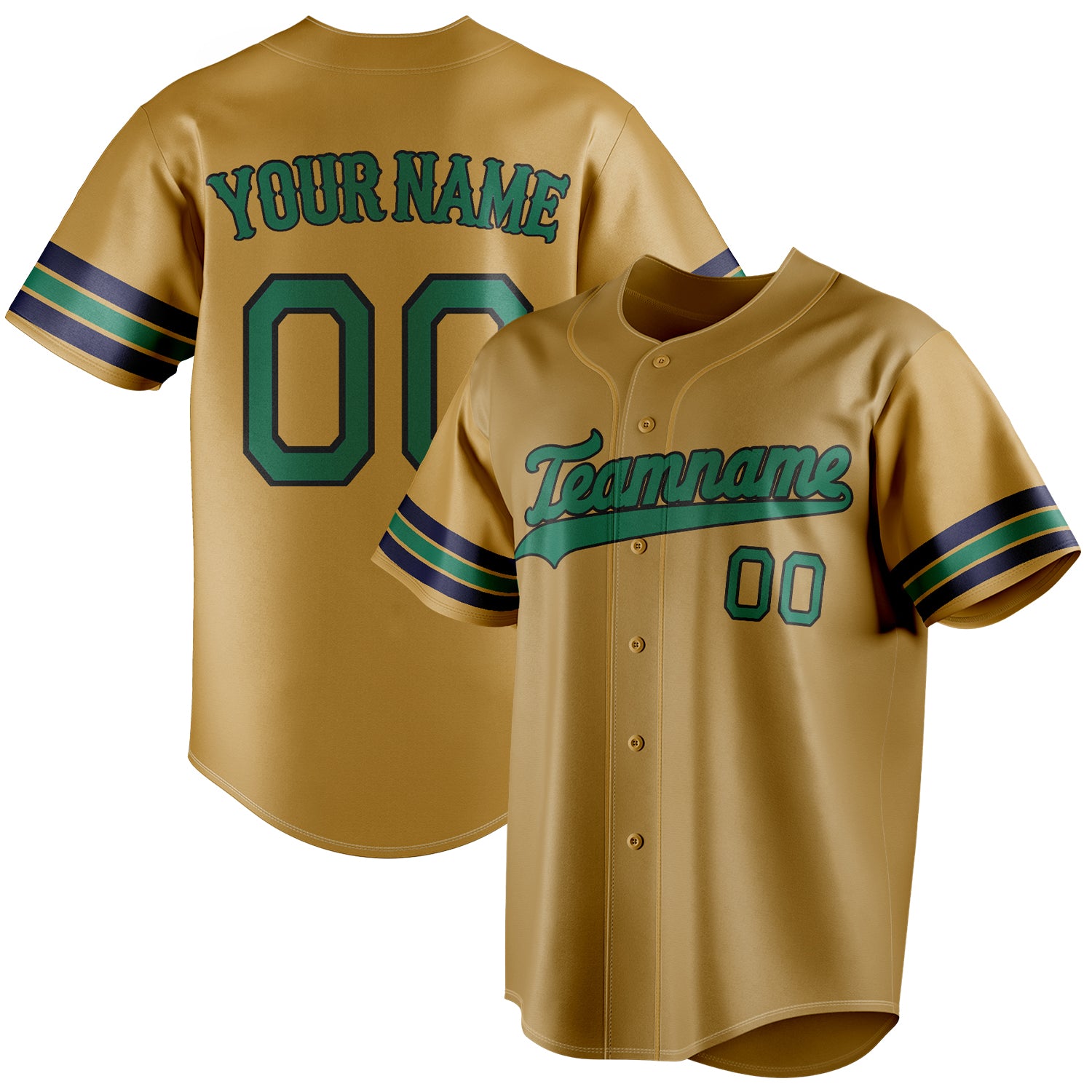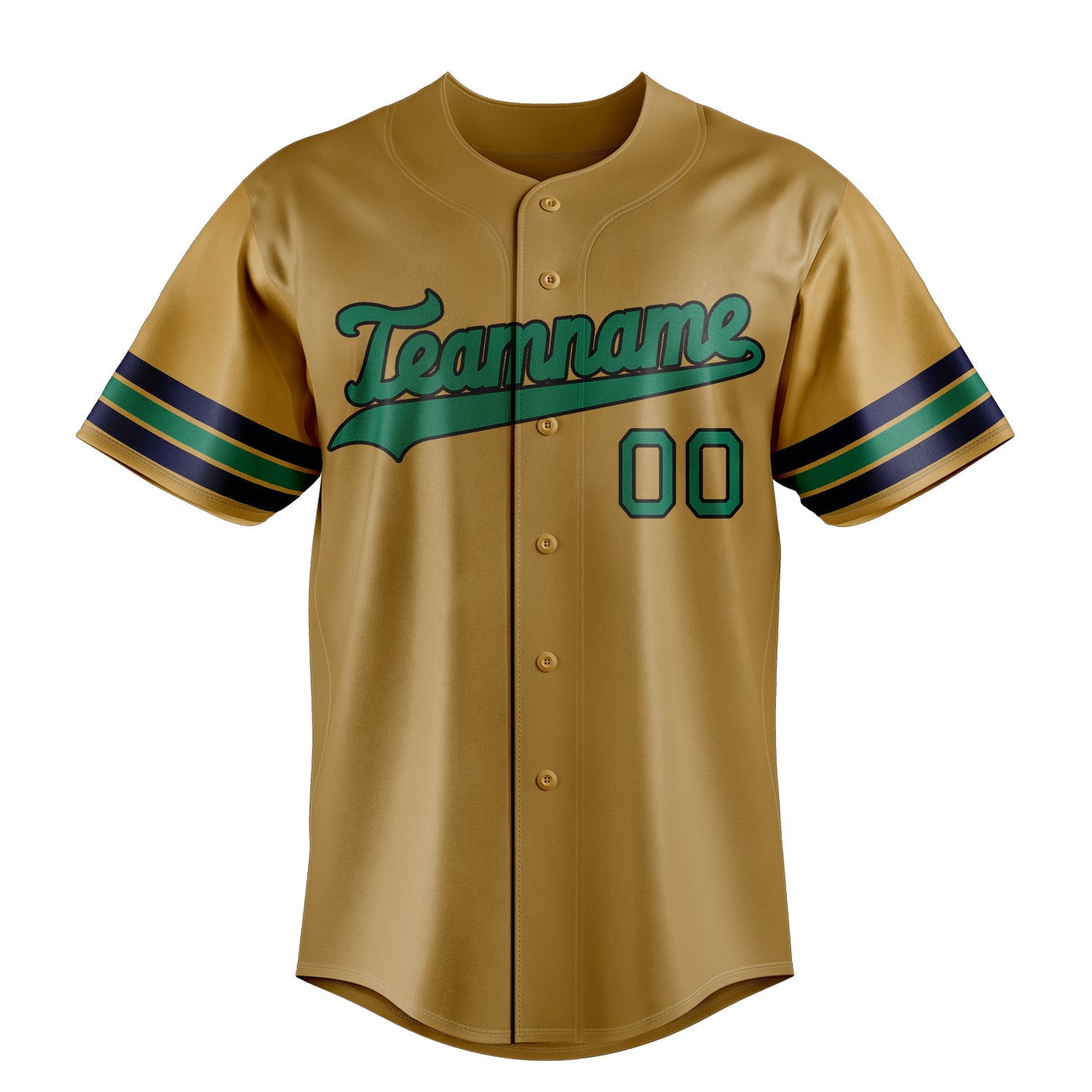Retro football shirts are more than just sportswear – they are time capsules that preserve history, technology, and emotions. Whether classic white football jerseys, elegant blue football jerseys or cheap football jerseys From current collections: These textiles tell stories about past games, legendary players, and technical innovations. In this article, we unravel the cultural and technical secrets behind the most popular retro jerseys and reveal why they continue to delight fans today.
1. Material revolution: 100% cotton vs. modern polyester fibers
The first football shirts were made of heavy cotton – a material that became unbearable in the rain. Today white football jerseys or blue football jerseys On the other hand, they use high-tech polyester, which is breathable and lightweight. But why do manufacturers still often use cotton for retro models?
✔ Authenticity: A cheap football jersey made of cotton feels like the 1970s.
✔ Nostalgia factor: Fans love the rustic feel of genuine retro materials.
✔ Cultural fidelity: Some clubs insist on faithful reproductions.
Modern white football jerseys with moisture transport can do more – but for collectors the feeling from back then counts.
2. Pixel-precise reconstruction: How sponsor logos are faithfully reproduced
A key feature of retro jerseys is the exact reproduction of the sponsor's prints. blue football jerseys From the 1980s and 1990s, the lettering is often blurred or faded. How do you create the perfect replica?
🔹 Archival research: Manufacturers sift through old photos and videos.
🔹 Printing technique: Screen printing instead of today's sublimation processes.
🔹 Artificial aging: Some cheap football jerseys deliberately imitate signs of wear.
These details make the difference between a cheap reprint and a lovingly reconstructed piece of history.
3. Three hidden differences: Museum exhibits vs. retail versions
Original jerseys are stored in the German Football Museum (Dortmund) – but the commercially available white football jerseys often differ slightly. Three examples:
-
Seams: Hand-sewn (museum) vs. machine-sewn (sale).
-
Fabric density: Originals were thicker, but today blue football jerseys are more comfortable.
-
Washing labels: Modern safety standards require different care instructions.
These compromises ensure that cheap football jerseys remain wearable without distorting the appearance.
4. Aerodynamics under the arm: The science behind retro mesh fabrics
Many old white football jerseys had coarse mesh inserts under the arms – not only for ventilation, but also for better freedom of movement. Today, manufacturers like Adidas test these designs in wind tunnels and find:
◼ Advantages: Less air resistance during sprints.
◼ Disadvantages: Modern fabrics require less ventilation.
◼ Compromise: Current blue football jerseys combine retro look with high-tech materials.
Some cheap football jerseys only copy the appearance – real innovation lies in the expensive replicas.









